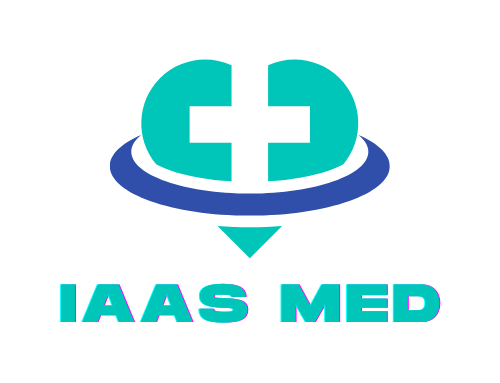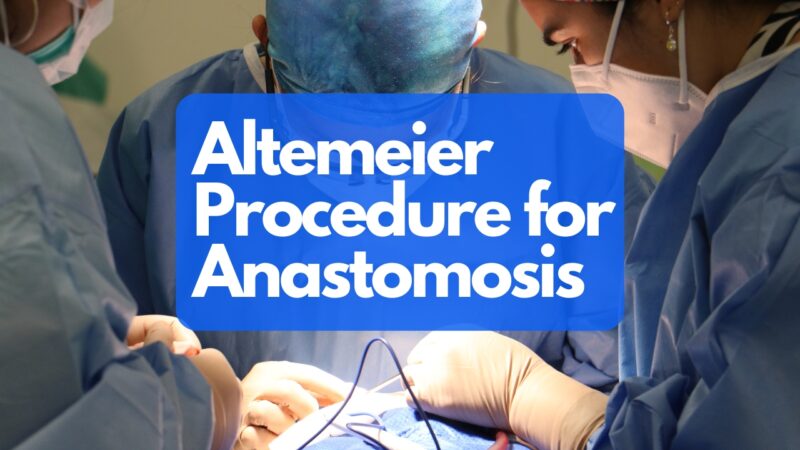Throughout my years of experience as an internal medicine physician, it’s often the behind-the-scenes battles that intrigue me most. The complex, unspoken stories of procedures and innovations that save lives and reshape destinies.
One such tale is of the Altemeier Procedure, a surgical procedure less recognized by the general public but fundamentally significant in the realm of colorectal surgery. I invite you to join me as we delve into this important medical topic, revealing its intricacies and life-saving capabilities.
Basics You Need to Know
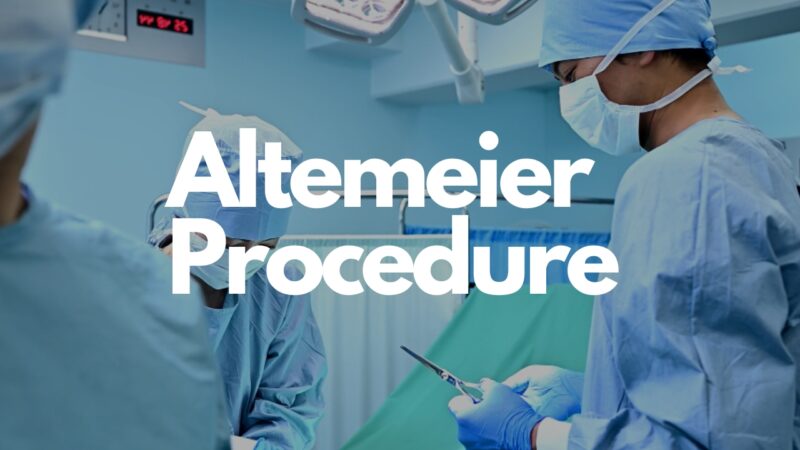
I still vividly remember the first time I saw an Altemeier Procedure, more formally known as a perineal proctosigmoidectomy, performed in the operating room. I was a medical student then, and I could only marvel at the harmony of surgical technique, anatomical knowledge, and relentless pursuit of patient safety.
The Procedure
The Altemeier Procedure is a surgical operation performed to address rectal prolapse, a condition in which the rectum’s walls slip downwards. It is unique as it involves the removal of the prolapsed rectum and sigmoid colon through the perineum, followed by the creation of a new connection or anastomosis between the remaining healthy parts of the large intestine. The operation is named after its creator, Charles Altemeier, who popularized it in the 1970s.
Historical Context
It is important to note that this is not a new invention. It had its roots in the 19th century when similar perineal approaches to rectal prolapse were first described. However, the defining moment arrived when Charles Altemeier presented it as a safe and effective procedure for managing rectal prolapse, particularly for elderly or frail patients with significant comorbidities.
When Is the Altemeier Procedure Indicated?

Before diving into the technical aspects, let’s briefly explore when this operation is most appropriate.
Indications
The Altemeier Procedure is typically indicated for full-thickness rectal prolapse. It’s often considered for elderly patients who may not be suitable candidates for more invasive abdominal procedures due to their overall health condition or the presence of other medical comorbidities.
Considerations for Patient Selection
The decision to perform the Altemeier Procedure should be made carefully, taking into account the patient’s age, overall health status, and preference. The primary goal is to alleviate symptoms, improve quality of life, and minimize the risk of postoperative complications.
The Step-by-Step Procedure
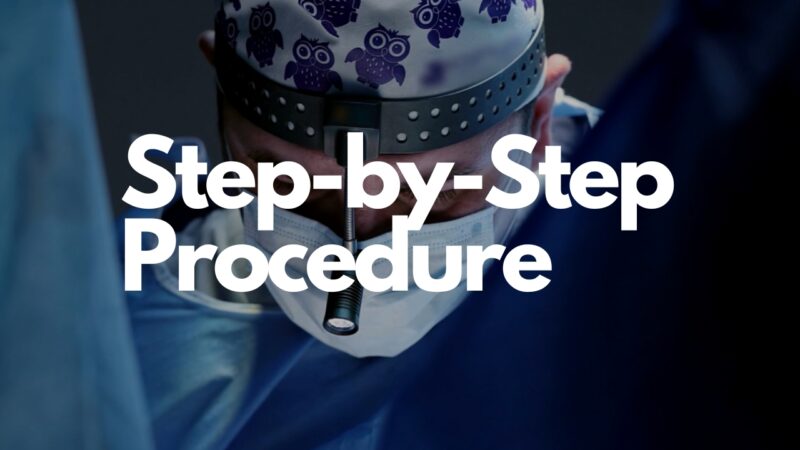
Now that we understand when the Altemeier Procedure is indicated let’s delve into the process itself.
Preliminary Steps
Everything begins with the patient positioned in lithotomy (a surgical position with legs raised and spread apart). A circular incision is made around the prolapsed rectum. The surgeon then dissects between the rectal and vaginal walls in women or rectal and prostatic fascia in men, proceeding upwards until the sigmoid colon is reached.
Completion
Following the dissection, the prolapsed rectum and sigmoid colon are removed. A new anastomosis is then created using sutures to connect the remaining sigmoid colon to the remaining rectal stump. It’s essential to ensure adequate blood flow to this new junction to prevent complications such as anastomotic leaks.
Postoperative Care and Recovery
After any surgical procedure, postoperative care plays a pivotal role in recovery.
Immediate Postoperative Care
Immediately after the surgery, the patient’s vital signs are closely monitored to detect any signs of complications. Pain is managed with medications, and the patient is typically encouraged to start moving and eating as soon as possible.
Long-Term Recovery and Follow-Up
Patients usually stay in the hospital for several days after the Altemeier Procedure. Follow-up care involves ensuring the anastomosis is healing well and monitoring for complications such as infection, anastomotic leakage, or recurrent prolapse.
Advantages and Disadvantages

Like every surgical procedure, this one also has its pros and cons.
Advantages
- Simplicity: The Altemeier Procedure is technically less complex than abdominal ones for rectal prolapse.
- Low physiological stress: As a perineal procedure, it imposes less physiological stress on patients, making it suitable for older or frailer patients.
- Reduced operative time: The procedure typically requires less time in the operating room compared to abdominal approaches.
Disadvantages
- Recurrence: There is a slightly higher rate of recurrent prolapse with the Altemeier Procedure than with abdominal surgeries.
- Incontinence: Some patients may experience changes in bowel control after the procedure, though this often improves over time.
Comparisons to Other Procedures
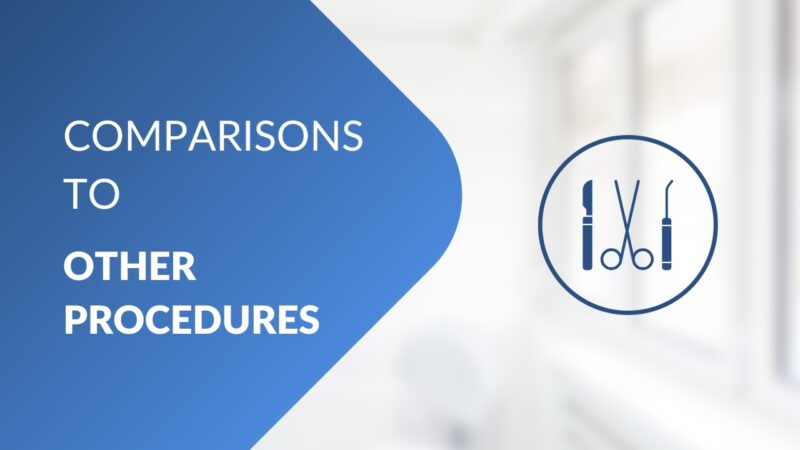
While the Altemeier Procedure holds a significant place in treating rectal prolapse, it’s not the only tool we have at our disposal. Comparing it to other surgeries can help highlight its distinct role and benefits.
Altemeier vs. Abdominal
In contrast to the perineal approach used in the Altemeier Procedure, abdominal procedures like the rectopexy involve pulling the rectum back up and securing it in place. While abdominal procedures tend to have a lower recurrence rate, they are more invasive and carry higher operative risks, particularly for high-risk patients.
Altemeier vs. Laparoscopic and Robotic
Laparoscopic and robotic procedures offer minimally invasive alternatives for treating rectal prolapse. These procedures result in less postoperative pain and quicker recovery. However, they require specialized equipment and skilled surgeons and may not be suitable for all patients.
Potential Complications
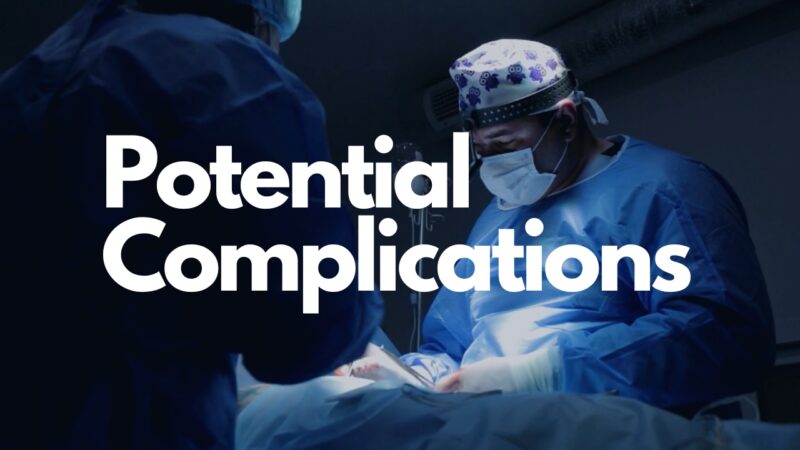
Despite the careful and meticulous nature of the Altemeier Procedure, like all surgeries, it comes with certain risks and potential complications.
Immediate Postoperative Complications
Immediate postoperative complications can include bleeding, infection, and anastomotic leak. Monitoring vital signs and observing for symptoms such as fever, pain, and changes in bowel movements can aid in the early detection and management of these complications.
Long-term Complications
Long-term complications may include recurrent rectal prolapse, fecal incontinence, and changes in bowel habits. Regular follow-up appointments and symptom monitoring are essential to manage these complications effectively.
Role of Rehabilitation and Physiotherapy
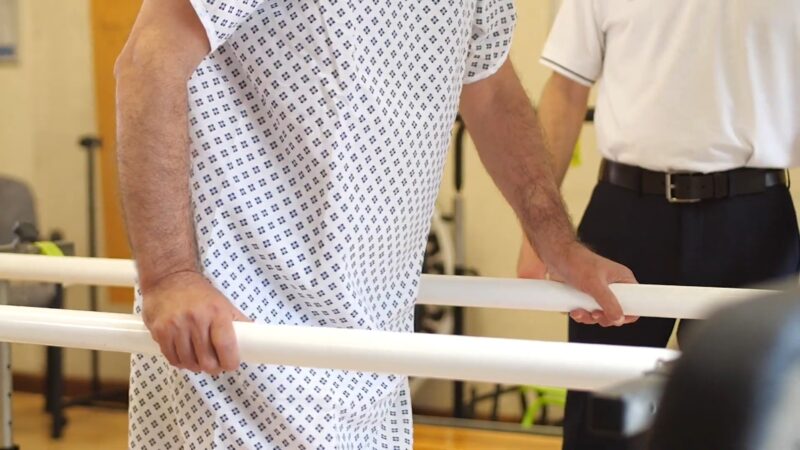
After an Altemeier Procedure, rehabilitation and physiotherapy play a crucial role in helping patients regain normal function and quality of life.
Physiotherapy
Physiotherapy, particularly pelvic floor exercises, can help strengthen the muscles supporting the rectum and improve symptoms of incontinence. A trained physiotherapist can provide a personalized exercise regimen for each patient.
Role of Diet and Lifestyle Changes
In addition to physiotherapy, making certain dietary and lifestyle changes can contribute to recovery and symptom management. This may include incorporating more fiber into the diet to avoid constipation and straining, staying hydrated, and maintaining a healthy weight.
Closing Thoughts
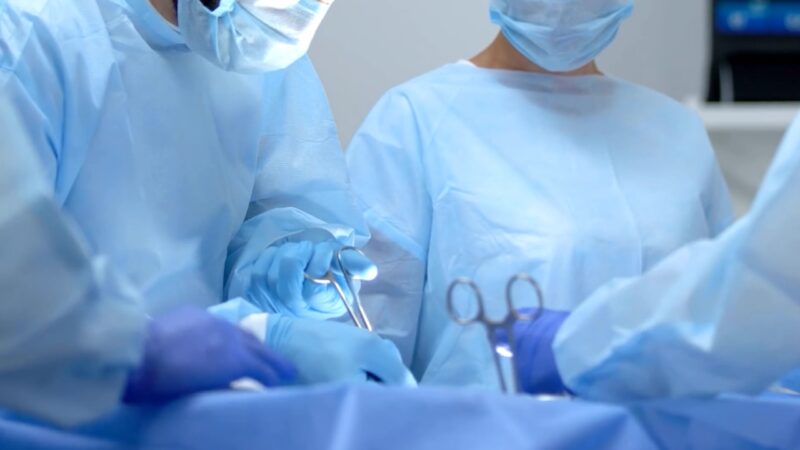
The Altemeier Procedure serves as a powerful tool in our arsenal against rectal prolapse. As we continue to evolve and refine our approaches, it remains a testament to the innovation and dedication inherent in the medical field. With its unique blend of history, surgical technique, and patient-centered care, the Altemeier Procedure truly encapsulates the essence of internal medicine.
Explore the significant role played by the International Association for Ambulatory Surgery in the realm of global health.
